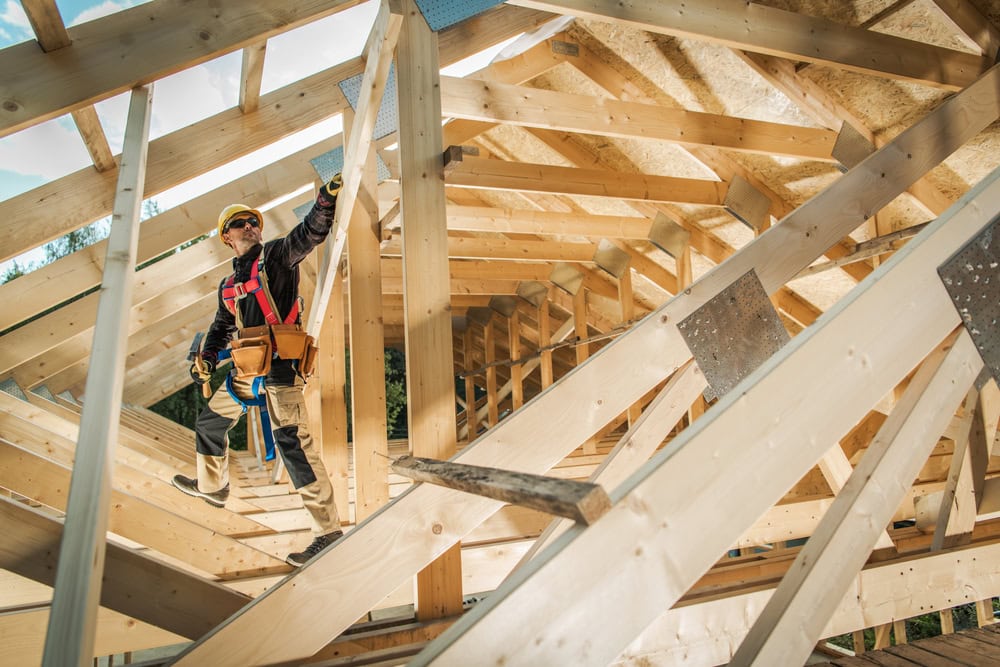Do You Need a Special License to Install Solar in California?
Navigating California’s Solar Licensing Landscape For contractors eyeing California’s booming solar market, one question inevitably arises: Do you need a special license to install solar? The answer is crucial not only for passing the California license exam, but for building a sustainable business in the state’s vibrant renewable energy sector. California’s solar industry is tightly regulated to … Read more










